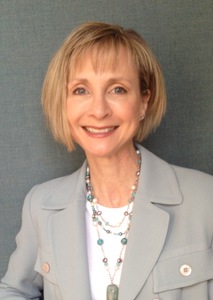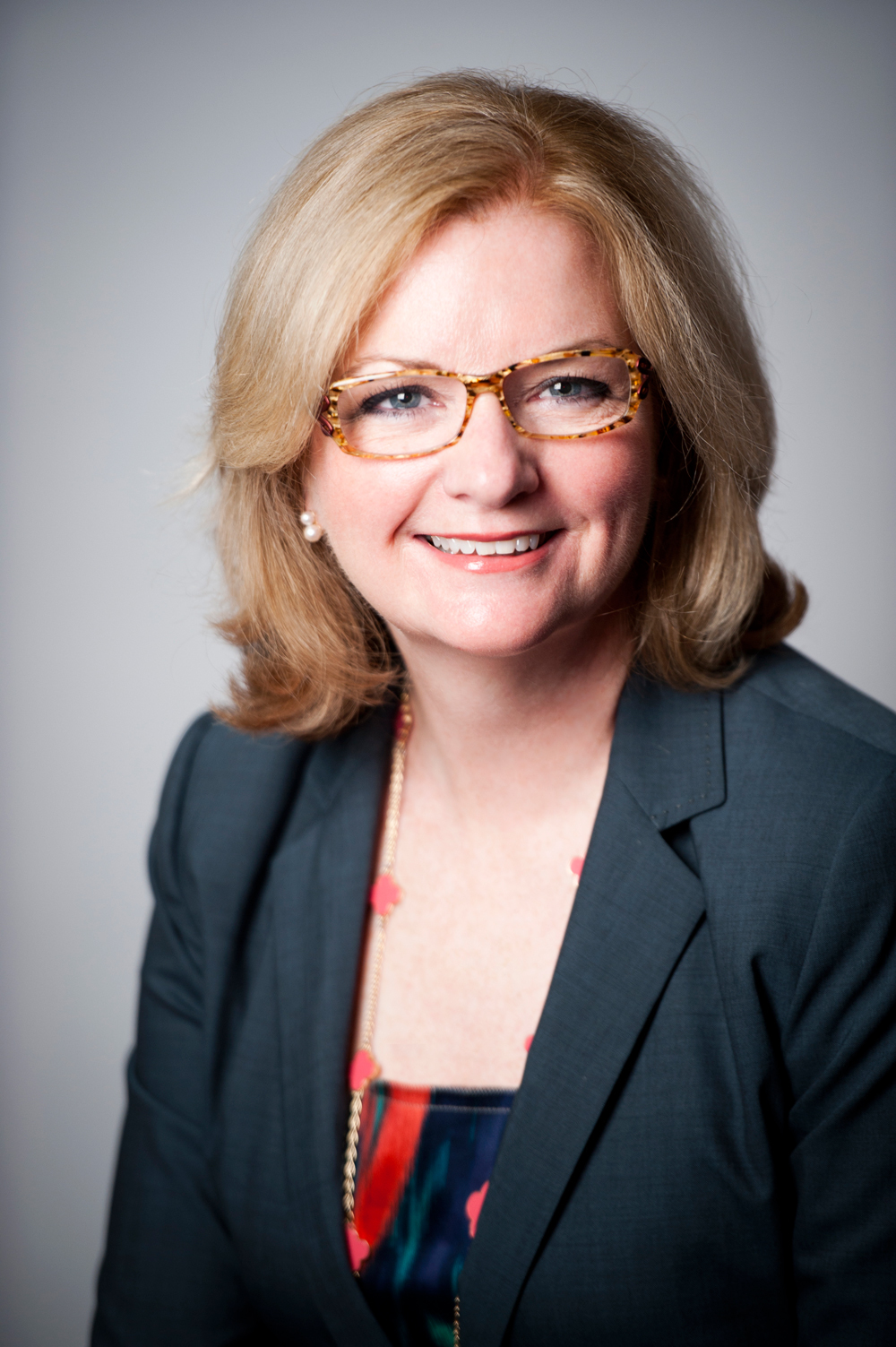Physician Well-Being — Moving from Whispers in the Hallway to Support
// By Susan Emerson //

Physician burnout is a hot topic, but effective solutions have been more elusive. In March 2017, 10 CEOs of the nation’s most prominent health systems examined physician burnout, proposing an 11-item call to action (Health Affairs). The Collaborative for Healing and Renewal in Medicine published an eight-step framework this year in JAMA to help health care organizations develop policies and regulations that address physician burnout.
Even what to call burnout has been up for debate, but whether we call it physician burnout, resiliency, or well-being, it is critical that hospitals and health systems address this growing crisis, not just for the benefit of physicians, but also because there is a direct impact on patient care.
Stamford Health in Connecticut is one system that has led the way with a structured approach to physician well-being that has had measurable results.
Rationale for Change

Sharon C. Kiely, MD, senior vice president, medical affairs, and chief medical officer at Stamford Health
“Stamford is a Planetree-designated facility with an emphasis on care for the caregiver,” says Sharon C. Kiely, MD, senior vice president, medical affairs, and chief medical officer at Stamford Health. “Despite that, and despite our high physician engagement and satisfaction scores, we still had colleagues in crisis.”
“One example that really hit home was when a medical staff member of 30 years told me he had never felt so isolated from the medical staff as during a recent, severe medical illness. So we undertook a journey to learn how to do this better.”
Advancing a Culture of Well-Being
A statutory change in Connecticut in 2015 heightened the need to better support physicians. The new law mandated the reporting of individuals and organizations who understood or came to believe that a physician was unable to practice medicine with reasonable skill or safety due to chemical dependency, emotional or behavioral disorder, or physical or mental illness.
“This became a scary thing for most of the physicians on our medical staff. They did not want to be seen as reporting on their colleagues,” says Kiely.

